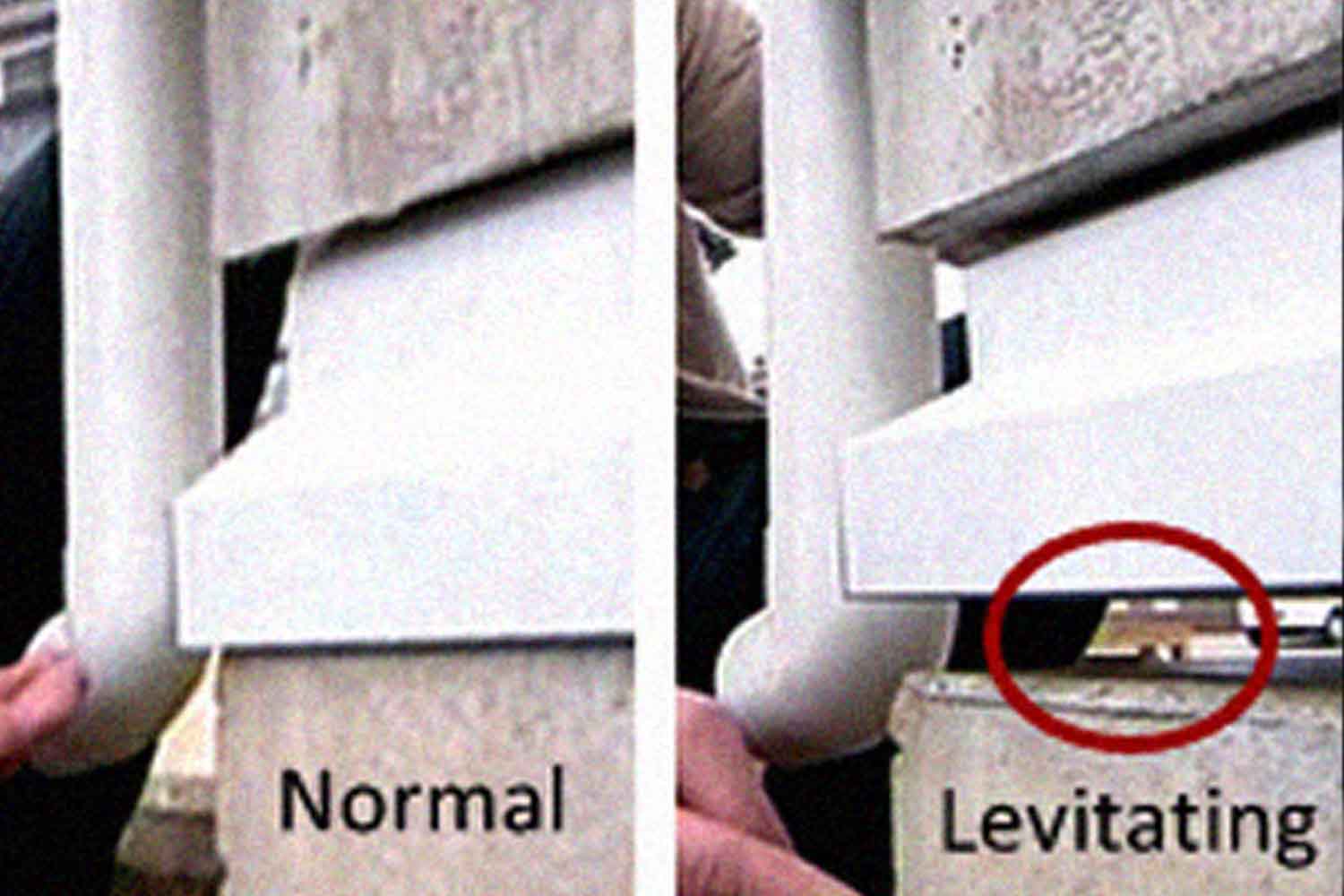A new anti-seismic technology developed in Japan allows houses to rise during earthquakes, remaining suspended to avoid damage: the innovation uses compressed air and has already demonstrated its effectiveness

@Dall-E/Greenme
Japan, one of the most seismically active nations on the planet, is redefining earthquake safety through a surprising innovation: homes that “float” using compressed air. Developed by Air Danshin Systems, this futuristic concept physically lifts homes off the ground during a quake, preventing direct contact with seismic shocks.
How the anti-seismic system works

©Air Danshin
This cutting-edge technology is built on a deceptively simple yet highly effective idea: an airbag placed beneath the house remains deflated under normal conditions. But at the first sign of seismic activity, detected by advanced earthquake sensors, the system kicks in—in less than one second.
The airbag inflates almost instantly, lifting the house about 1.2 inches off the ground and keeping it suspended until the shaking stops. When the quake ends, the system slowly deflates, gently setting the house back in place without structural damage.
This automatic, almost instantaneous response is a game-changer, especially when combined with Japan’s sophisticated earthquake detection networks.
The system passed its toughest test in 2021, during a magnitude 7.3 earthquake. Homes equipped with Air Danshin’s technology remained completely intact, while surrounding buildings suffered visible damage. This real-world validation proved that the floating mechanism isn’t just a gimmick—it’s a viable, high-performance alternative to traditional seismic isolation systems, which are often more expensive and intrusive.
Affordable, low-impact solution: ideal for existing buildings
A major strength of the system is its non-invasive installation. It can be implemented in both newly built houses and retrofit into existing structures. The estimated cost for retrofitting is around ¥3 million (approximately $37,000 USD)—significantly cheaper than conventional anti-seismic upgrades.
The system is also fully autonomous, requires minimal maintenance, and is designed to last for decades.
Some limits remain, but the potential is undeniable
Like any innovation, the floating house system has its constraints. It currently works best for low-rise buildings up to three stories and requires a level ground surface for proper function. Additionally, there’s a critical moment at the beginning of an earthquake: the very first shockwaves—often the most violent—could hit before the system activates.
Still, floating houses mark a significant leap forward in seismic design. In a country like Japan, where earthquakes are a part of everyday life, this could soon become the new standard in residential safety.
Source: Air Danshin
